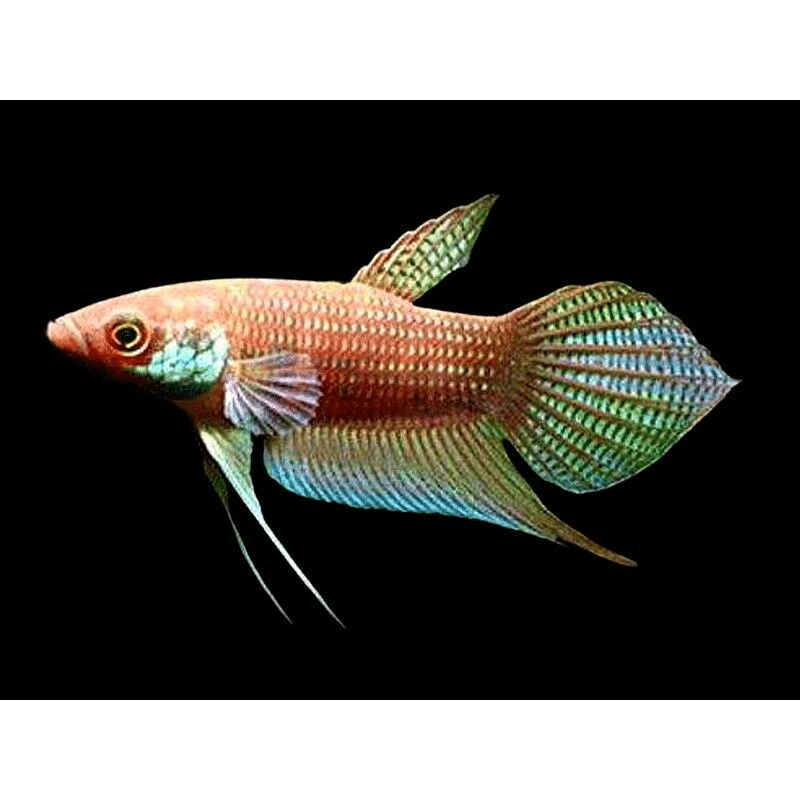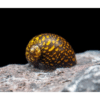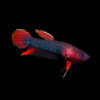To provide the best experiences, we use technologies like cookies to store and/or access device information. Consenting to these technologies will allow us to process data such as browsing behaviour or unique IDs on this site. Not consenting or withdrawing consent, may adversely affect certain features and functions.
The technical storage or access is strictly necessary for the legitimate purpose of enabling the use of a specific service explicitly requested by the subscriber or user, or for the sole purpose of carrying out the transmission of a communication over an electronic communications network.
The technical storage or access is necessary for the legitimate purpose of storing preferences that are not requested by the subscriber or user.
The technical storage or access that is used exclusively for statistical purposes.
The technical storage or access that is used exclusively for anonymous statistical purposes. Without a subpoena, voluntary compliance on the part of your Internet Service Provider, or additional records from a third party, information stored or retrieved for this purpose alone cannot usually be used to identify you.
The technical storage or access is required to create user profiles to send advertising, or to track the user on a website or across several websites for similar marketing purposes.

 Purple Vampire Crab - Geosesarma Dennerle - Decapod Crustacean
2 × £7.74
Purple Vampire Crab - Geosesarma Dennerle - Decapod Crustacean
2 × £7.74 














Emily Carter (verified owner) –
I recently added a Betta Pugnax Male to my aquarium, and I couldn’t be happier! After a week of observing him, his vibrant colors and unique personality have completely captivated me. This tropical fish is not just beautiful; his health seems excellent—he’s active and curious, exploring every inch of his tank. I chose the Betta Pugnax over other bettas because I read that they are less aggressive than some of the traditional fighter fish, and that has certainly proven true. He gets along with my peaceful community and has brought such energy to my aquarium.
I appreciate that he thrives in a well-planted tank, which I’ve set up with plenty of hiding spots and gentle filtration. Just a tip for other aquarists: make sure to monitor water quality regularly, as these fish can be sensitive to changes.
Overall, I wholeheartedly recommend the Betta Pugnax for both beginners and experienced fish keepers. He’s a striking addition to my tank, and I look forward to watching him grow. If you’re looking for a unique aquarium fish that prioritizes health and happiness, this is the one!
Emma Carter (verified owner) –
I recently welcomed the Betta Pugnax Male, the Penang Wild Betta, into my aquarium, and I couldn’t be happier! As a caring fish parent, I deeply appreciate how easy this tropical fish is to care for. From the moment I set him up in his new habitat, he thrived! After two weeks, I’ve noticed his vibrant colors becoming even more stunning and his energy has been delightful to observe.
One of the standout features of this betta is its adaptability; it’s perfect for beginners like myself who may feel intimidated by more demanding species. Compared to other bettas I’ve kept, the Pugnax seems much hardier and less prone to stress. Just make sure to provide plenty of hiding spots and maintain good water quality, and you’ll be rewarded with a happy fish!
I also love that this breed is less aggressive than some other bettas, which makes it easier to maintain a community tank. However, be cautious when introducing new tank mates; I’ve found that monitoring their interactions is essential.
If you’re looking for a beautiful addition to your tropical fish collection, I wholeheartedly recommend the Betta Pugnax. He has quickly become my favorite fish, and I’m excited to see him flourish in my aquarium!